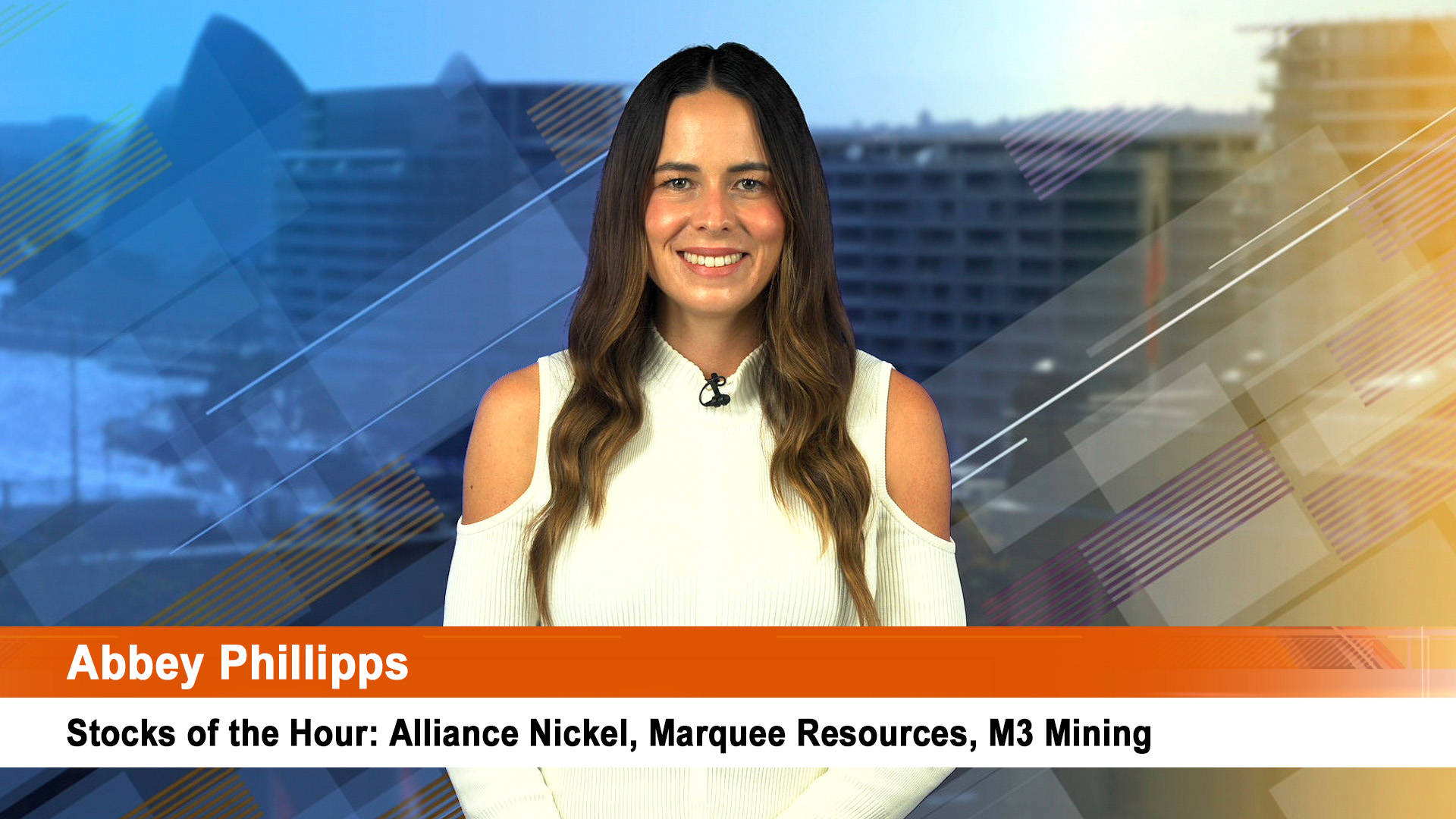Buried in last Friday’s Stability Review from the Reserve Bank was yet another warning to banks and their investors not to be too optimistic about the outlook.
The warning was brief, just a paragraph or two, and it’s a reminder that many investors, and even bank executives seem out of touch about the prospects for growth for the sector in the next couple of years.
It came a week before three of the country’s biggest banks, The NAB, Westpac and ANZ; rule off their 2010-11 financial years tonight. They are due to report late next month or early November.
While the RBA gave the banking sector a clean bill of health, the warning was a repeat of previous comments from senior officials on how the outlook for bank business and earnings growth will be constrained.
According to figures given previously, credit growth in Australia was around 13% in the years 2000-2007 (known as the Good Old Days). At the moment it’s running at just under 3% (annual rate). And will grow modestly for the next year.
RBA credit data shows that housing finance growth is running at around 7% at the moment, which is close to the lowest level for decades, business finance is expanding at less than 2% and other finance is seeing either negative of flat growth.
With economic growth slow (except in resources, where the banks are not big players), continuing high savings by consumers, modest growth in consumer credit and weak housing finance growth, the banks can forget a return to the pre 2007 days of double digit rises each year in credit and profits.
The RBA has been making this point now for almost a year and the comments in the Stability Review underline the point.
"The scope for banks’ domestic balance sheets to expand is likely to be more limited than in the years preceding the crisis, given the more cautious approach of the household and business sectors towards leverage," The RBA said.
"Banks and their shareholders may therefore need to adjust their return expectations to be consistent with an environment of slower credit growth."
Now that has nothing to do with the current offshore financial pressures, more the constraints caused by the rise in consumer saving and the changes in spending patterns.
And on top of their high current levels of saving, a majority of Australian bank customers, especially mortgagees, are repaying more than they have to.
It’s a trend that emerged during the GFC and has remained a feature of the Australian financial scene since. It is actually an additional bit of saving, on top of the 10.5% rate seen in the June quarter.
"The household sector in Australia is continuing to exhibit a more cautious approach to its spending and borrowing behaviour than prior to the crisis.
"The household saving rate increased further over the past year and debt has continued to grow at a rate broadly in line with income growth.
"Around half of mortgage borrowers are continuing to make substantial excess principal repayments, which is improving their resilience to any change in financial conditions."
Broadly, the RBA said, "The Australian banking system remains in a relatively strong condition compared with some overseas.
"The recent global market turbulence has contributed to falls in Australian banks’ share prices and some tightening in wholesale funding conditions, but the overall effect has been modest compared with the experience in 2008–09 or with some other countries currently.
"The Australian banking system is considerably better placed to cope with periods of market strain than it was before the crisis, having substantially strengthened its liquidity, funding and capital positions in recent years.
"Growth in bank deposits is continuing to outpace growth in credit, and the major banks are ahead of schedule on their term wholesale funding plans.
"Profitability for the major banks has continued to increase to around pre-crisis levels, mainly due to further declines in charges for bad and doubtful debts."
But the RBA cautioned that Australian household debts were still high, which would further impact business growth for the banks.
"Even so, household indebtedness remains quite high, as does the aggregate debt-servicing ratio, though both are below their recent peaks.
"While the mortgage arrears rate drifted up over the first half of the year, it nonetheless remains at a low level by international standards and in absolute terms.
"The rise has mainly related to loans taken out prior to 2009, when banks’ lending standards were weaker; newer loans are performing well despite the increase in interest rates over the past couple of years.
"The business sector is also experiencing mixed conditions: mining and related sectors continue to benefit from the resources boom, while other sectors, including retail, are facing pressures from subdued domestic household spending and the high exchange rate.
"Sectoral measures of profits and business confidence have therefore diverged.
"Having deleveraged considerably, the business sector is in a stronger financial position overall than it was several years ago.
"Businesses’ demand for external funding remains weak.
"This is partly because the business sector has been able to finance a larger share of its investment through internal funding in recent years, as much of that investment has been concentrated in sectors such as mining, where profitability has increased the most," the RBA said.
The comments on mortgage arrears contradict assertions this week from Moody’s and many media commentators that more and more Australians are feeling mortg













